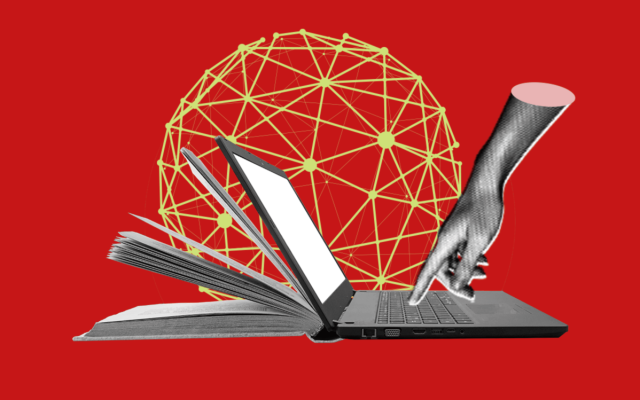Trust aWare: dynamic analysis techniques to safeguard privacy
In 2030, we will enter the Age of Hyperconnectivity. Each individual will have 20 connected devices. The pandemic has accelerated the transformation of our houses that are growing increasingly similar to Internet hubs. According to the recent study by Frost & Sullivan, entitled the Future of Connected Living, the number of connected devices in the world will increase from 30.4 billion in 2020 to 200 billion by 2030, with a composite growth rate of 20.7%.
Are we aware of which and how many personal devices are connected to the web (on average four per person)? What rules to device producers and web service and connectivity providers supply? Are they operating in open and transparent ecosystems that allow us to safeguard the personal data of users?
The blog of European Project TRUST aWARE has been updated with a new post on "The P in IoT stands for Privacy," which addresses the risks of intelligent devices. “Nowadays, even our coffeemakers and vacuums are connected to the Internet via our phones. This hyperconnectivity of cyber-physical systems has created an extremely convenient world, but there also is a dark side.” Intelligent devices in our homes can collect and analyse personal information to understand how users are behaving and monitor them. This data could be sold to tricky tracing companies, such as data brokers or advertisers, unbeknownst to consumers.
The article explains how regulatory authorities do not have the tools necessary for a complete and automatic audit of intelligent platforms. Indeed, these are extremely heterogeneous and complex, as well as closed and proprietary. And the varied architecture of intelligent devices makes it very difficult to develop universal tools for privacy checks.
The static and dynamic analysis methodologies developed by TRUST aWARE address this challenge to identify behaviour that is intrusive of our privacy via intelligent products. The new tools developed by the Consortium could allow independent testers to model and monitor intelligent products on a large scale.




